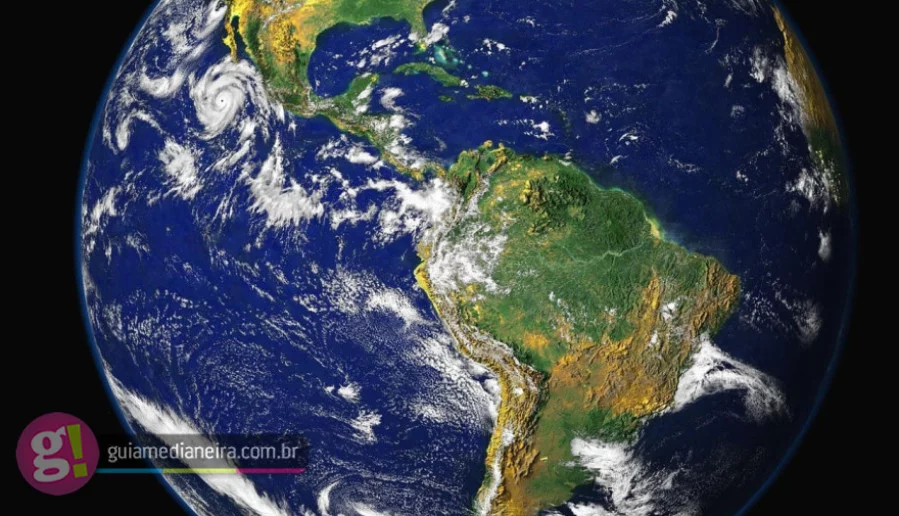In the last study he conducted University of Southern California (USC)Scientists have revealed that the Earth’s inner core is slowing down relative to the planet’s surface.
The implications of this discovery are not yet fully understood, but there is speculation that the length of days may be affected. The research was published in the journal nature On Wednesday, June 12th.
The rotation of the Earth’s inner core has been widely discussed in the scientific community. Some previous research has suggested that it rotates faster than the planet’s surface.
However, the USC study provides new evidence that since 2010, the inner core has been slowing in its rotation speed, moving more slowly than the Earth’s surface.
This slowdown can change the length of a day by fractions of a second, although this may be imperceptible, explains John Fidel, dean of Earth Sciences at the USC Dornsife College of Letters, Arts and Sciences.
“It’s so hard to notice, within a millisecond, that you’re almost lost in the noise of the ocean and the churning atmosphere,” Vidal says.
The Earth’s inner core is a solid sphere made of iron and nickel, surrounded by a liquid outer core, also made of nickel and iron.
It is approximately the size of the Moon, and is located more than 4,800 kilometers from its surface, making it impossible to visit or view it directly. Therefore, scientists use seismic waves generated by earthquakes to study their movement.
Over the past few decades, researchers have analyzed a variety of earthquakes, including repeated seismic events that occur at the same location. This analysis allows the production of identical seismograms and records of ground movements.
In the latest study, scientists collected and analyzed seismic data from 121 recurring earthquakes that occurred in the South Sandwich Islands between 1991 and 2023. They also used data from Soviet, French, and American nuclear tests, as well as other studies.
Vidal explains that the deceleration of the inner core was caused by excitation of the outer core, which generates the Earth’s magnetic field, and by the gravitational “pulling” of dense regions of the overlying rocky mantle.
“When I first saw the seismograms they suggested this change [desaceleração]“I was confused,” Vidal says.
“But when we found twenty other observations pointing to the same pattern, the conclusion was inevitable. The inner core slowed for the first time in several decades. Other scientists have recently discussed similar and different models, but our latest study provides the most convincing solution.”

“Incurable thinker. Food aficionado. Subtly charming alcohol scholar. Pop culture advocate.”






More Stories
NASA Releases Selfie of Perseverance Rover Working on Mars
NVIDIA driver includes hidden Final Fantasy XVI profile
PlayStation Plus Extra and Premium saw a significant drop in players in July